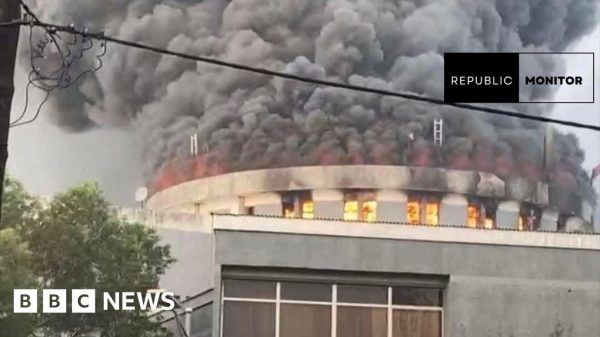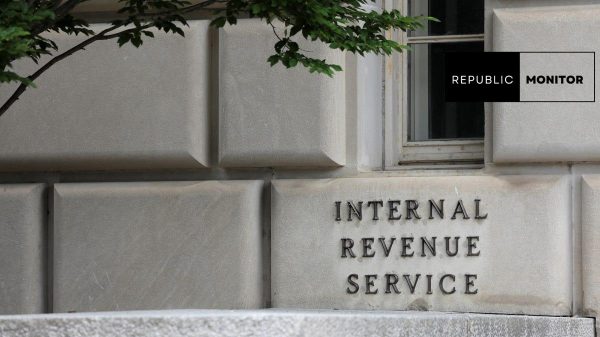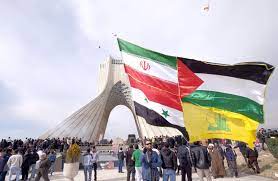In the ever-evolving landscape of the Middle East conflict, recent military strikes involving Iran raise questions about the strategic shifts and boldness of Tehran and its allies. The spillover from the Israel-Hamas war has led to an escalation of hostilities, with Iran’s proxies actively engaged in kinetic actions across the region.

Deciphering the Increase: Iran’s Changing Involvement in the Middle East Struggle
Escalation Beyond Borders: Pakistan-Iran Exchange
The latest episode unfolded as Pakistan launched a rocket and drone barrage at what it termed “terrorist hideouts” inside Iran, responding to an Iranian strike against a separatist base in Pakistan. The exchange resulted in casualties, underscoring the widening scope of the conflict and the involvement of regional actors.
Yemen’s Houthi Rebels and Red Sea Dynamics
Yemen’s Houthi rebels, aligned with Iran’s “Axis of Resistance,” have faced repeated U.S. military strikes, attempting to deter attacks on Red Sea shipping. The persistent engagement in Yemen adds a maritime dimension to the multifaceted conflict, raising concerns about the broader implications for regional stability.
Striking Mossad HQ and Proxy Actions
Iran’s actions extended beyond its immediate borders, with reported strikes on Israel’s Mossad intelligence agency headquarters in northern Iraq. Simultaneously, proxy groups, including Hamas in Gaza and Hezbollah on Israel’s northern border, remained active, showcasing the complexity of Tehran’s regional strategy.
Calculations and Capabilities: Iran’s Approach Examined
Analysts debate whether Iran’s expanded military activities signal a strategic benefit and newfound boldness. Since October, Iran has demonstrated considerable capabilities but has refrained from engaging in an all-out war with the U.S. and Israel. The reluctance to match the level of escalation seen from adversaries prompts questions about Tehran’s overarching strategy.
Deterrence and Losses: Assessing Iran’s Position
While Iran’s “Axis of Resistance” has suffered key losses, including targeted killings and strategic setbacks, Tehran’s response has been measured. The improvised and reactive nature of Iran’s policy, primarily driven by a reluctance to risk key strategic assets, has led to a diminishing credibility of its deterrence.
Impact of Regional Dynamics: Unraveling Core Interests
The regional dynamics, shaped by conflicts in Gaza and beyond, have both benefited and undermined Iran’s interests. While some argue that Iran gained from Hamas’ October attacks, exposing Israeli vulnerabilities, others highlight the negative impact on core interests such as sanctions relief and U.S.-Iran dialogue.
Conclusion: The Fluidity of Iran’s Geopolitical Chess
As the Middle East conflict continues to unfold, Iran’s role remains central to the region’s geopolitical chessboard. The fluidity of Tehran’s approach, balancing capabilities with strategic restraint, adds layers of complexity to an already intricate landscape.
















